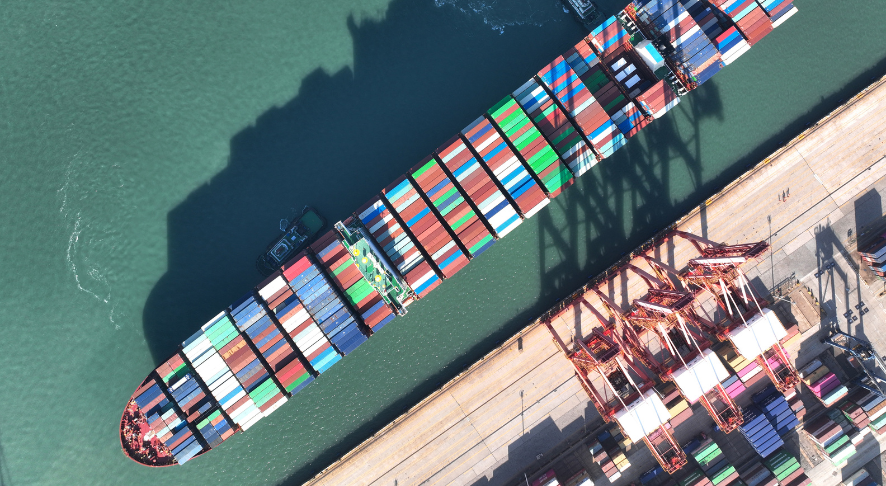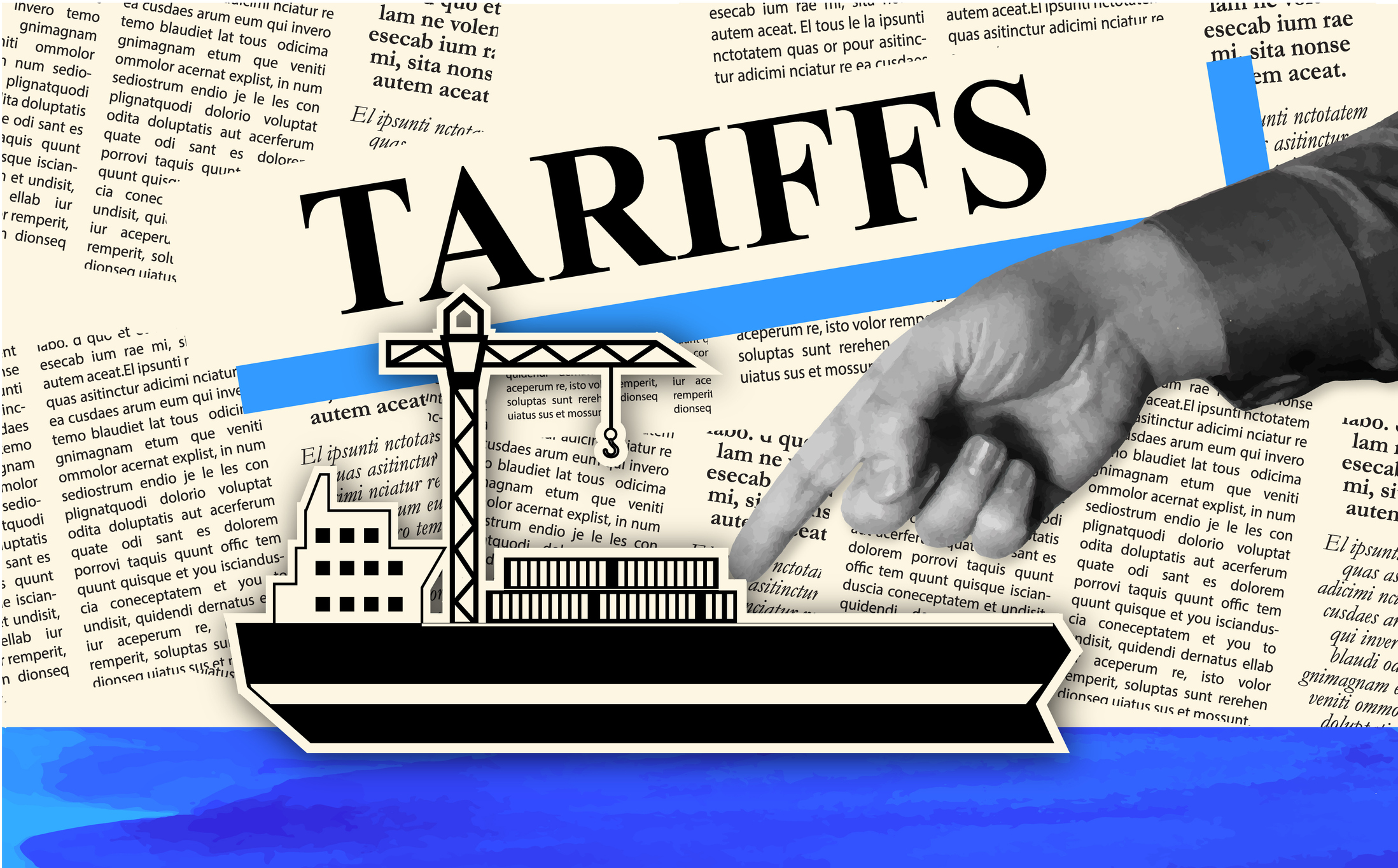Georgia has long occupied a unique place on the map—a small but strategically crucial country nestled between Europe and Asia, the Black Sea and the Caspian. In 2025, its role as a geo-economic bridge is gaining renewed focus under the leadership of Prime Minister Irakli Kobakhidze. With the rise of the Middle Corridor—a transport and trade route bypassing Russia—Georgia is taking center stage in one of the most dynamic shifts in global logistics and foreign policy. Explore Georgia role as a geo-economic bridge under PM Kobakhidze, balancing Belt and Road investments with EU and US partnerships to strengthen its position.
Kobakhidze’s government is ambitiously redefining Georgia’s connectivity agenda. The goal is clear: to transform the country into a critical transit hub that links Europe, Central Asia, and China, while preserving its sovereignty and strategic autonomy. But this goal comes with a tightrope walk—balancing China’s Belt and Road Initiative (BRI) investments with European Union integration and maintaining strong ties with the United States. Georgia’s strategy today is a masterclass in geopolitical navigation.
This shift is taking place as Eurasia is being redrawn—not through conquest, but through commerce. From fiber optic cables to high-speed rail, the new corridors of influence are digital, logistical, and infrastructural. Georgia, with its unmatched geographic positioning and growing diplomatic ambition, is not just participating—it’s helping shape the rules.
Kobakhidze’s Strategic Vision: Building Bridges, Not Blocks
Since becoming Prime Minister, Irakli Kobakhidze has consistently promoted Georgia’s role as a “bridge”—not just a geographic connector, but an economic and political one. Speaking at international forums and bilateral meetings, he has described the Middle Corridor as a defining opportunity for Georgia’s future. “We connect Europe and Asia,” he recently stated, “and we must use this advantage to develop our infrastructure, trade capacity, and geopolitical value.”
Kobakhidze’s government is investing heavily in both physical and digital infrastructure. Georgia is upgrading the Black Sea ports at Poti and Batumi. It is also expanding road and rail links across the country. Logistics hubs like the Tbilisi Dry Port are receiving added support. Regionally, Georgia is working with Azerbaijan, Kazakhstan, and Turkey. Together, they aim to create unified customs systems and align tariffs for smoother Middle Corridor trade.
This strategy goes beyond transport. It is about transforming Georgia’s economy. It attracts foreign investment and builds a diverse trade network not dominated by any one power.
Digital tools are also central to this push. Georgia is investing in smart customs, e-logistics, and AI systems. These efforts match EU standards and global norms. They make Georgia not just a physical bridge—but a digital one, too.
The Belt and Road Initiative: A Welcome, Yet Watchful Partner
China’s BRI has been a major investor in Georgia’s infrastructure. Chinese firms have contributed to railway upgrades, energy transmission lines, and construction of the Anaklia deep-sea port project. These investments align with Georgia’s Middle Corridor goals and provide much-needed capital.
However, the relationship is strategic rather than ideological. While Georgia benefits from Chinese funding, PM Kobakhidze has emphasized the importance of maintaining diversified partnerships. His administration is careful to avoid becoming overly dependent on China, especially as concerns grow globally over the debt-trap risks and political strings often associated with BRI investments.
China’s influence is seen as economic rather than cultural or political in Georgia. Local polls show a majority of Georgians favor stronger ties with the EU and NATO, while viewing China primarily as a trade partner. This sentiment guides the government’s careful approach—cooperation, not alignment.
As Georgia continues to welcome BRI investment in energy, logistics, and telecom sectors, it also demands greater transparency and environmental accountability. Projects now include clauses requiring local workforce participation, environmental impact assessments, and joint ownership of key infrastructure assets.
EU Ambitions: A Rocky Yet Real Aspiration
Georgia’s aspirations to join the European Union date back nearly two decades. While progress has been made—including visa-free travel and association agreements—tensions have recently emerged. In late 2024, Kobakhidze’s administration suspended formal accession talks, citing frustration with what it called “blackmail” and shifting expectations from Brussels.
This decision sparked protests in Tbilisi, where thousands took to the streets with EU flags, demanding a recommitment to European values. Civil society organizations and opposition leaders voiced concern that the government was backsliding on democracy and transparency.
In response, Kobakhidze clarified that EU integration remained a goal, but not at the expense of Georgia’s sovereignty. “We seek partnership, not patronage,” he said. Meanwhile, EU institutions have continued funding infrastructure projects under the Global Gateway strategy, showing that pragmatic cooperation continues despite political friction.
The government is now seeking a new balance—one that maintains access to EU markets and investment without ceding too much political ground. Whether this strategy succeeds depends on both sides recalibrating their expectations.
Notably, in 2025 Georgia secured €540 million in funding from the EU’s Neighbourhood Investment Platform, targeted at transport sustainability and border modernization. This illustrates that shared interests can—and do—transcend temporary diplomatic rifts.
Resetting US Relations: Strategic and Symbolic Moves
Relations with the United States have also experienced ups and downs in recent years. In 2024, Washington briefly suspended some aspects of its strategic partnership with Georgia, citing concerns over democratic backsliding and judicial independence.
But by mid-2025, Kobakhidze had launched a “reset” effort, seeking to restore trust and build a more functional, transparent roadmap for cooperation. This includes security dialogues, trade talks, and joint investment in digital infrastructure and cyber defense.
Georgia’s location is of immense importance to the US, especially as Washington looks to counterbalance China’s growing presence in Central Asia and Russia’s continued aggression. The Middle Corridor is increasingly seen as part of the solution—a secure, alternative trade route that aligns with Western strategic interests.
The US is now supporting logistics reforms and customs modernization programs in Georgia, providing technical assistance and grants to improve cross-border flows. Washington’s renewed engagement is seen as a positive signal, reaffirming that Georgia remains an essential partner in the wider Eurasian framework.
Beyond government channels, US venture firms are now scouting Georgian startups working on smart logistics, carbon-neutral transport, and fintech—all sectors vital to Georgia’s corridor ambitions.
Georgia Bridge Model: Multipolar Diplomacy with Purpose
In many ways, Georgia represents a new kind of small-power diplomacy. Rather than choosing sides, it is building partnerships—leveraging its geographic location and reform capacity to attract both capital and political support from multiple directions.
This approach mirrors the emerging world order, where power is more distributed, and success is measured by flexibility rather than allegiance. Countries like Vietnam, Indonesia, and the UAE are pursuing similar strategies—balancing great powers while advancing their national interests.
PM Kobakhidze’s version of this model focuses on infrastructure as a strategic asset. By turning rail lines, ports, and highways into instruments of policy, Georgia is asserting control over its own narrative—not as a pawn, but as a pivotal partner.
Georgia’s blueprint may well become a case study in how small states can thrive in a post-unipolar world—leveraging smart policy, open trade, and technological partnerships to punch far above their weight on the global stage.
Final Thoughts
Georgia bridge evolution in 2025 is about more than trade—it’s about identity, sovereignty, and vision. Prime Minister Kobakhidze’s efforts to balance BRI involvement with EU aspirations and US partnership reflect a mature understanding of global complexity.
Strategic procurement leader Mattias Knutsson put it best when he said: “Small countries can no longer afford to choose sides. The smart ones build bridges. And those bridges will carry not just goods—but ideas, trust, and long-term opportunity.”
Georgia, standing at the literal and figurative crossroads of continents, is proving that with smart leadership, balanced diplomacy, and strategic investment, it is possible to shape the future without being swallowed by it.
In the great trade routes of the 21st century, Georgia may well become the connector the world didn’t know it needed—but won’t be able to ignore.





